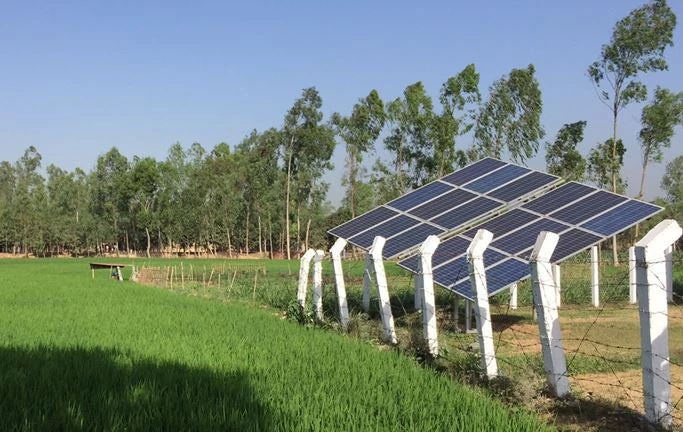
The 2015 Paris Agreement on Climate Change was preceded by analysis covering the science and viability of response measures, including both adaptation to the impacts of climate change and measures to mitigate greenhouse gas (GHG) emissions. Mitigation issues typically covered the economic, policy, technology and sustainability implications of reducing emissions, but relatively little towards understanding the implications of a low-carbon future.
For this reason, the World Bank decided to explore and study which minerals and metals will likely see an increase in demand to achieve a low-carbon future. Using wind, solar and energy storage batteries as proxies, “The Growing Role of Minerals and Metals for a Low-Carbon Future” report is one of the Bank’s contributions towards ensuring this topic is given its rightful place in the ongoing global climate change dialogue.
Based on climate and technology scenarios developed out of the International Energy Agency’s (IEA) Energy Technology Perspective, the World Bank developed a set of commodities demand projections up to 2050. We did so by providing best estimates on the uptake of three discrete climate-benefit technologies – wind, solar and energy storage batteries – required to help meet three different global warming scenarios of 20C, 40C, and 6oC. These technologies represent only a sub-set of a much broader suite of technologies and transmission systems required to truly deliver on a low-carbon future. Nevertheless, the findings are significant.
First and foremost, and perhaps counter-intuitive for some, climate-friendly technologies typically require more metals than alternative higher carbon technologies . Secondly, the demand for critical metals (covering both base and rare earth metals) is not only a matter of how aggressively the global community deploys climate-benefit technologies, it is also very much dependent on intra-technology choices. Simply put, the demand for metals will also be dependent on which wind, solar, and battery technologies will win out in the market place .
While a few critical rare earth metals – indium, molybdenum, and neodymium– will play a key role in the deployment of “green” energy technologies, a wide range of base and precious metals will also see strong demand in a low-carbon future . This includes copper, lithium, aluminum, silver, steel, nickel, lead, and zinc.
Identifying the growth in demand for key metals could have significant implications for World Bank client countries that are relatively rich in those resources . For example, we found that Peru, Chile, and (potentially) Bolivia, will play a key role in supplying copper and lithium; Brazil is a key bauxite and iron ore supplier; while southern Africa and Guinea will be vital in the effort to meet growing demand for platinum, manganese, bauxite, and chromium.
In Asia, China will continue to play a leading role in production and reserve levels in practically every key metal required under low-carbon scenarios. India is dominant in iron, steel and titanium, while Indonesia has opportunities with bauxite and nickel as does Malaysia and Philippines. Finally, in Oceania, the massive reserves of nickel to be found in New Caledonia should not be overlooked.
Increased mineral extraction makes the enforcement of sustainable practices in the mining sector even more important. The social, environmental and carbon footprint of extraction and processing of minerals and metals that contribute to a low-carbon future needs to be well managed for a sustainable future for all.
Minerals form the “fabric of human development.” The increase in their demand is resulting in gains in human development – from schools to homes to transport to food supply to information technology – people are increasingly mineral dependent. Outlooks through 2040 project strong increases in demand as a result of poverty reduction, urbanization, improved access to energy and physical infrastructure. Adding to this demand is the introduction of more mineral-intensive, low-carbon technologies.
“The Growing Role of Minerals and Metals for a Low-Carbon Future” is intended to stimulate a more focused and coherent dialogue around the opportunities and challenges for the mining industry presented by a low-carbon future.
While not an explicit objective of this report, it noted that one of the tangible benefits of this study is to provide a critical space for opening a dialogue between climate, clean energy, and extractive industry constituencies. The dynamic between these groups has been predominated by polarization and ‘self-serving’ characterizations that have turned out to be self-defeating, particularly when it comes to developing coherent climate and sustainable development policies that are effectively aligned with a given country’s development plans.
This lesson now needs to be communicated and integrated at the national level: resource development as a complement and not competitor to a greener, more sustainable future .



Join the Conversation